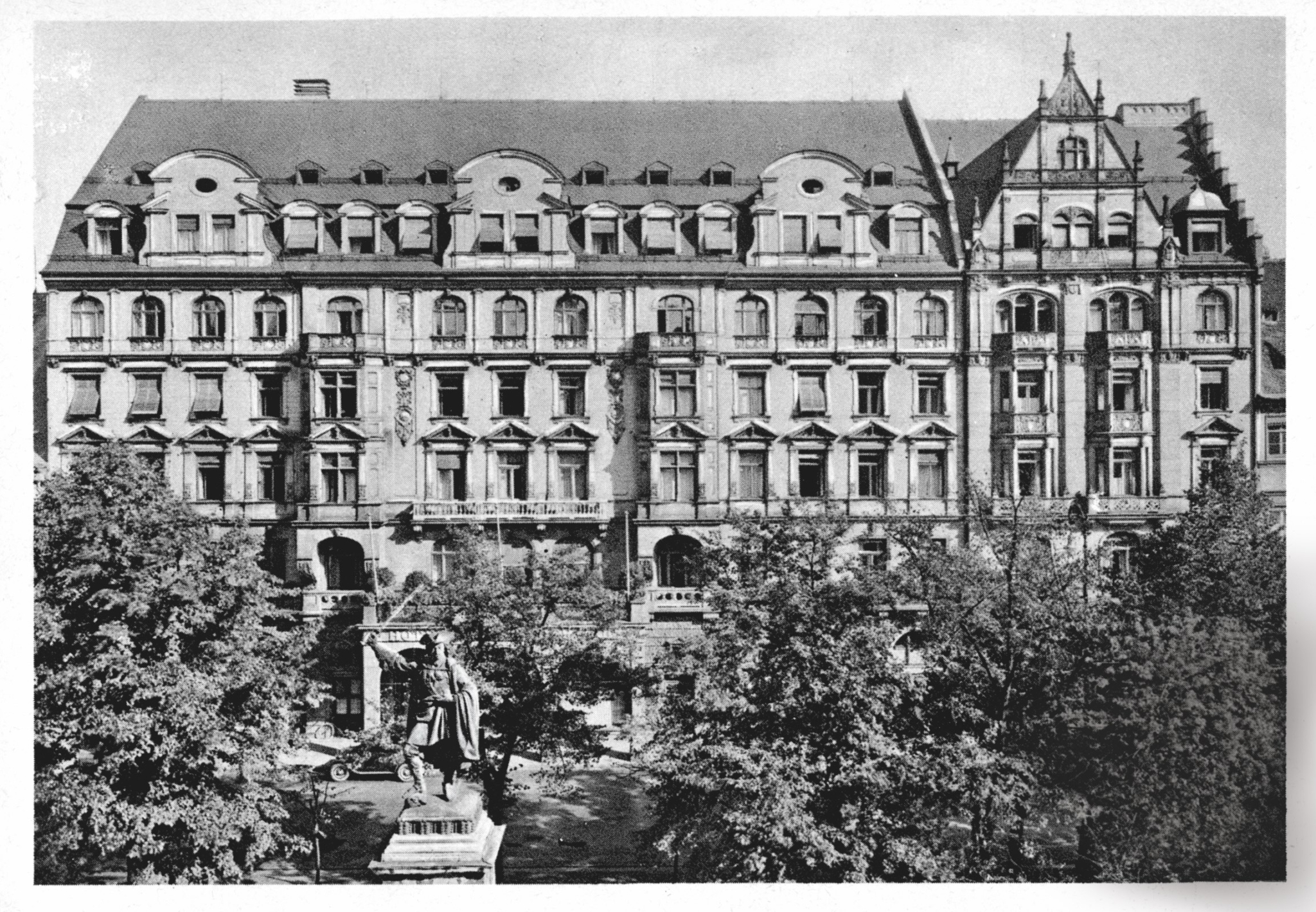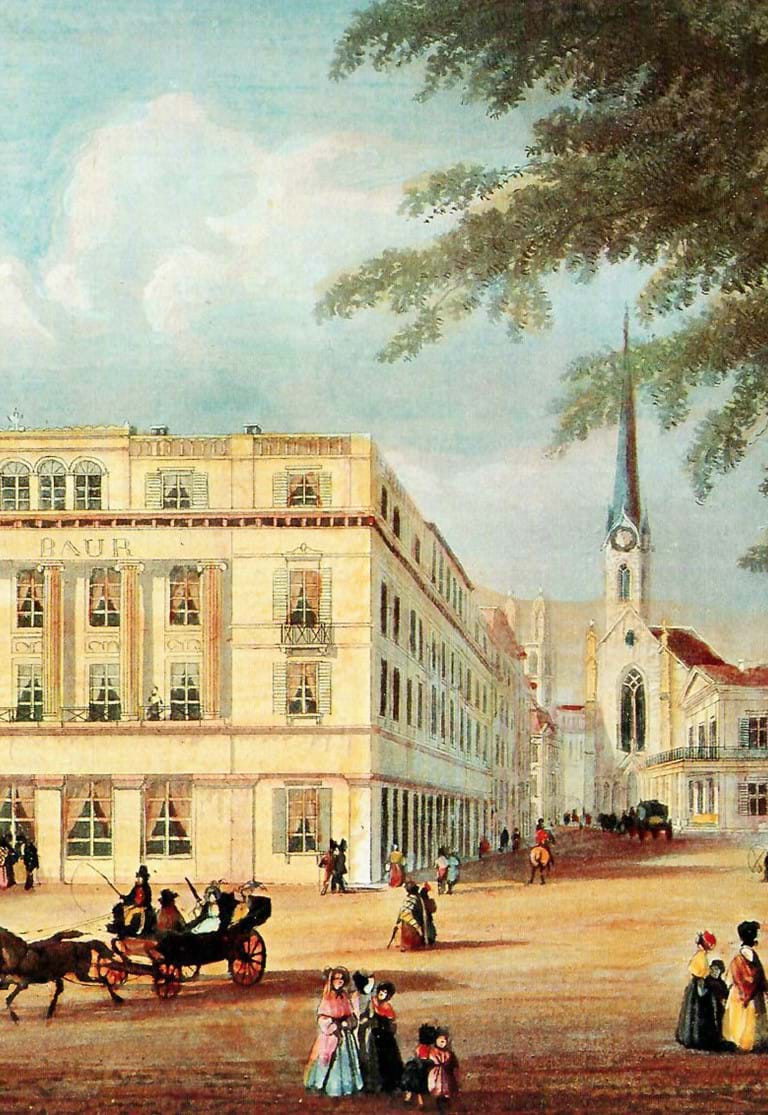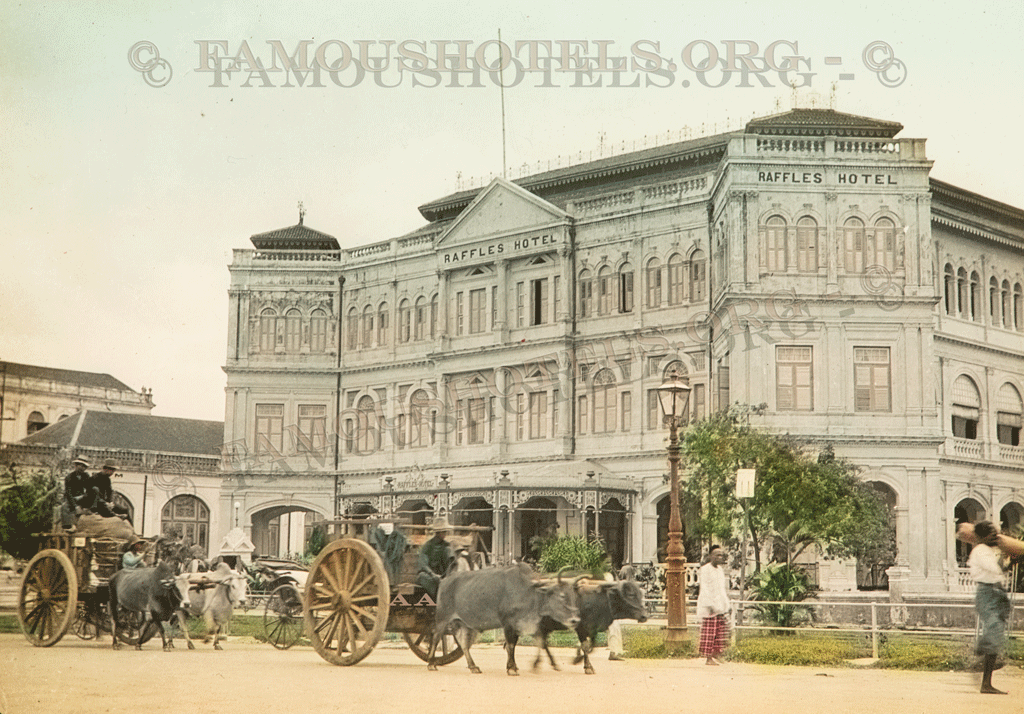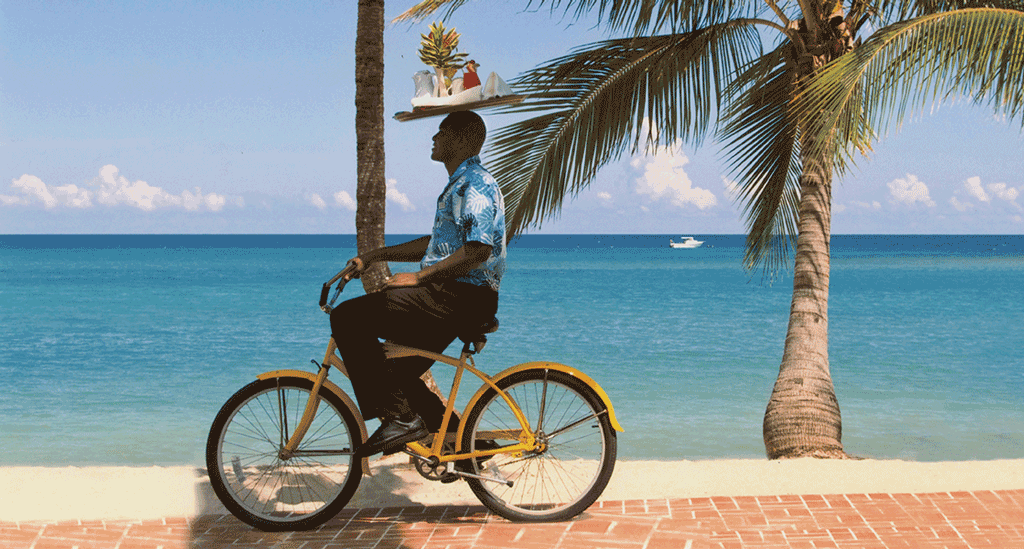Revisited: The Plaza and the Pierre
( words)
by Stan Turkel
The Plaza and the Pierre
I recently visited two restored hotels at Grand Army Plaza in New York. The contrast could not have been greater between the Plaza and the Pierre Hotels:
The Plaza Hotel, once labeled the greatest hotel in the U.S., no longer qualifies for that designation. After a 2-year conversion to a condominium hotel with 50 private residences, 181 condo hotel rooms and 282 transient rooms, it reopened just after its 100th anniversary in 2007.
• Despite the reconstruction of a 1800 square-foot stained-glass laylight ceiling, the famous Palm Court is not in operation. The Palm Court has been the setting for New York City’s social life and hotel guests since it first opened in 1907. The Palm Court has always been the focal point and trademark of the Plaza. The Tea Room, as the Palm Court was originally called, was created as a social gathering place for women to meet for tea in the afternoon. In the 1930s, the room became the Palm Court because of the abundance of palm trees and flora. A string ensemble played throughout the afternoon and evening. In the 1940s, when the hotel was owned by Conrad Hilton, the “Palm Court After 8” became a late evening tradition with after-theater snacks, french pastries, wines and liquors. On Sundays, the Palm Court served a bountiful three-course brunch with a spectacular buffet of cold appetizers such as smoked fish and pate, a selection of made-to-order omelets, seafood entrees or filet mignon, a wide variety of fresh fruits and French pastries. Live piano music accompanied the feast. Sunday brunch was so popular that it often extended into the adjacent Terrace Room.
• The Edwardian Room, located on the prime northeast corner, is also closed. It was once the Men’s Café with prized views of both Central park and Fifth Avenue. In 1920, the Café admitted women and became the hotel’s principal dining room. In the early forties it became the Plaza Restaurant until 1955 when it was named the Edwardian Room. In 1971, a disastrous experiment transformed it into the Green Tulip which failed miserably and in 1974, it resumed its former name and ambiance. Now it is closed and unused except for an occasional banquet function.
2. The Pierre Hotel, the “Palace in the Sky” reopened at the end of 2009 upon completion of a $100 million renovation by Taj Hotels, Resorts and Palaces. The Pierre now has 189 redesigned transient guestrooms and bathrooms including 49 refurbished suites.
The lobby was reconfigured by removing two interior retail areas which enlarged the 61st Street entrance.
A new restaurant, Le Caprice, the first location outside of London for this celebrated UK favorite, opened with a fresh new design by Martin Brudnizki. A new destination lounge and bar, Two E, opened in the lobby serving delicious light fare, afternoon tea and classic cocktails. Two E was designed by Champalimaud in space previously occupied by the banquet and executive offices.
The 42-floor, 714-room hotel also contains 80 residential coop apartments, all of which are individually owned and occupied. The Pierre has 24-hour operator- manned elevator service and a multilingual staff. The hotel’s banquet rooms continue to host the most notable social, cultural and civic events in New York with excellent catering and service.





